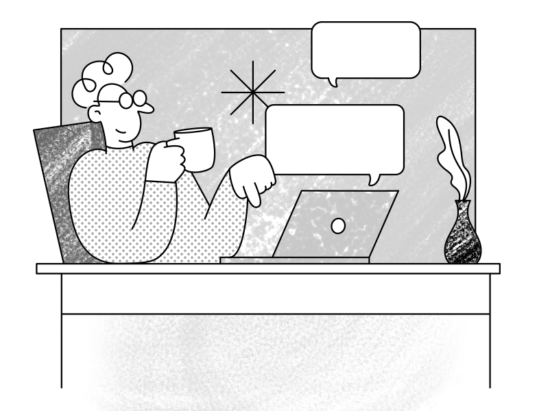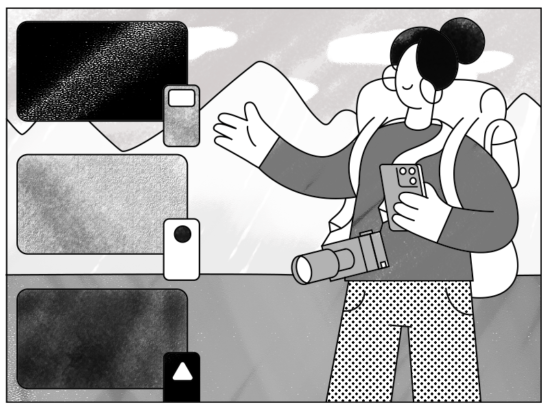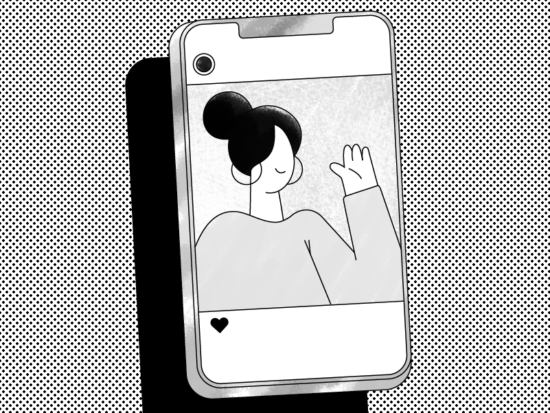Trigger based is a term for emails sent automatically to subscribers after an action they have undertaken or after any trigger you determine, such as a subscription anniversary or the subscriber’s birthday. This goes a long way towards making your customers feel valued and ultimately can make a huge difference for your sales.
A trigger based email is always sent out to an existing customer, hence it is either an up-sell or a re-sell. To make it effective, make sure to use the data you have about your customer, which means not only the info they have entered upon subscribing, but also their search history and buying habits, which will help you know their needs and interests, allowing you to tailor the selling offer to them specifically.
Don’t go trigger-email-happy. Establish 4-5 triggers and time limits on the frequency of the emails being sent out, to be applied to each individual subscriber, so no one gets flooded with your emails simply because they’ve used your store more than once this week.
There are three main types of triggers in email marketing: transactional, recurring, and threshold triggers.
Transactional triggers are sent out based on an established direct transaction with a subscriber – the most common are when the subscriber makes a purchase, profile update, or the act of subscribing (so, the Welcome Email is a sort of a transactional trigger). They are great opportunities to introduce or reinforce your brand and make your customer feel valued.
Recurring triggers are sent out based on specific dates and time periods relevant for the subscription – such as the customer’s birthday or the date of a renewal for a service or re-order for a product. They do wanders for customer goodwill and can be used to showcase special customized offers like birthday discounts.
Threshold triggers are sent out when a subscriber reaches a particular threshold, such as a purchase amount, redeeming an offer or an anniversary of their subscription. They are also great for showcasing special offers and are a good opportunity to give the customer a nice gift, like a discount coupon or a one-time only offer.
Here are some examples of the most common types of emails in a trigger series – get to know them because your business can benefit from using all of them.
Welcome email. We have discussed this one already, so here we will only reiterate that they are a must have and considered standard e-commerce etiquette.
Cross sell or up-sell email. This type of email is sent out in order to suggest an additional product or service, based on customer’s purchase history. Alternatively, it could be sent out on the occasion of a promotional offer going live, to all customers, or specifically to those who have shown interest in the kind of product being discounted.
“We haven’t seen you in a while” email. You can and you should keep track even when it comes to customers’ “non-actions”. If a customer has not made a purchase or expressed interest in your website for a certain period, usually 3 or 6 months, this type of email is sent out to make them know that you may have some stuff that could interest them – it is usually used to showcase new items, but it could also include a offer for a discount.
Finally, there is the so-called Abandonment or Order reminder email. You should send it to customers who leave the store before checking out, and it should always include some sort of motivation for them to come back and finish the transaction.


